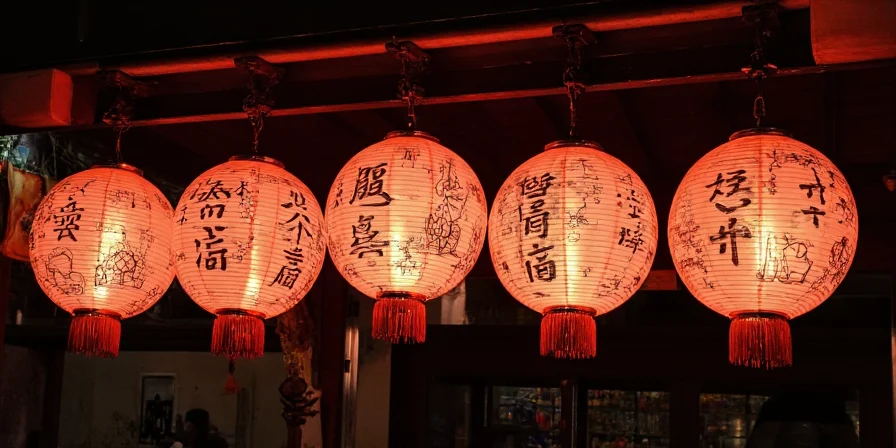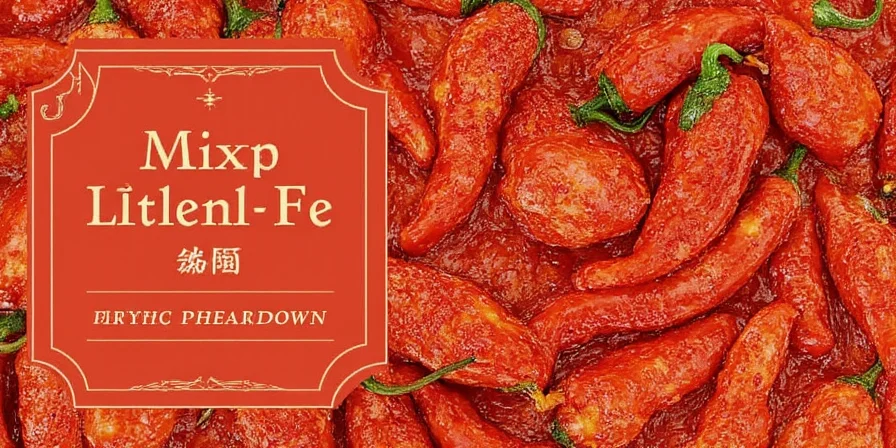Dried chili peppers are a kitchen staple that can transform ordinary dishes into extraordinary culinary experiences. Unlike what many home cooks believe, dried chilies aren't just about heat—they offer complex flavor profiles that fresh peppers often lack. This guide reveals exactly how to select, prepare, and use the most common dried chili varieties for perfect results every time, whether you're making authentic Mexican mole, Thai curries, or everyday weeknight meals.
Your Go-To Dried Chili Varieties: What to Buy and Why
Forget confusing scientific names—here are the five dried chilies you'll actually find in most grocery stores and how to use them properly:
- Ancho (mild heat): The dried version of poblano peppers with rich, raisin-like sweetness. Perfect for adding depth to chocolate-based sauces without overwhelming heat. Use in: Enchilada sauce, mole, bean dishes.
- Guajillo (medium heat): Vibrant red chilies with tangy, berry-like flavor. The secret to authentic Mexican salsas that don't need vinegar. Use in: Salsa roja, marinades, stews.
- Chipotle (medium-high heat): Smoked and dried jalapeños with distinctive campfire flavor. Avoid cheap 'smoke flavor' substitutes—real chipotles deliver authentic smokiness. Use in: BBQ sauces, chili, braises.
- Arbol (high heat): Thin, bright red chilies that pack serious punch without overwhelming flavor. Ideal when you want heat without changing your dish's primary taste. Use in: Hot sauces, soups, stir-fries.
- Pasilla (mild heat): Often confused with poblano, these wrinkled blackish chilies offer earthy, prune-like notes. The unsung hero of complex mole sauces. Use in: Complex sauces, braises, stuffing.
| Chili Name | Heat Level (Mild/Medium/High) | Flavor Profile | Best For |
|---|---|---|---|
| Ancho | Mild | Chocolate, raisin, sweet | Moist dishes like sauces and stews |
| Guajillo | Medium | Tangy, berry-like | Authentic Mexican salsas |
| Chipotle | Medium-High | Smoky, earthy | Dry rubs and BBQ sauces |
| Arbol | High | Clean heat, slightly nutty | Liquids where pure heat is needed |
| Pasilla | Mild | Earthy, prune-like | Complex sauces and braises |
Simple Preparation Methods That Actually Work
Most cooking sites overcomplicate dried chili preparation. Here's what you really need to know:
- Toast properly (not too long): Heat a dry skillet over medium heat. Toast whole chilies for 20-30 seconds per side until fragrant but NOT blackened. Over-toasting creates bitter flavors.
- Rehydrate correctly: Cover toasted chilies with hot (not boiling) water and let soak for 15-20 minutes until pliable. Add a pinch of salt to enhance flavor extraction.
- Remove seeds strategically: Seeds contain most heat but little flavor. Remove them for milder dishes, keep them for extra heat. The white ribs contain even more heat than seeds.
- Blend for smooth sauces: After soaking, blend chilies with some soaking liquid until completely smooth. Strain through a fine mesh sieve for restaurant-quality texture.
- Store leftovers properly: Place unused soaked chilies in airtight container with 2 tablespoons soaking liquid. Refrigerate for up to 1 week.
3 Costly Mistakes Home Cooks Make With Dried Chilies
- Mistake #1: Using stale chilies - Dried chilies lose potency over time. Test freshness by smelling: vibrant chilies have strong, complex aromas. Old ones smell dusty or musty. Discard if they've lost color vibrancy.
- Mistake #2: Incorrect substitutions - Ancho and pasilla are NOT interchangeable (despite similar names). Ancho = sweet & mild, Pasilla = earthy & complex. Using the wrong one throws off entire dishes.
- Mistake #3: Overcomplicating recipes - You don't need 10 different chilies for good mole. Authentic Oaxacan mole negro uses just 5 types. Start simple with 2-3 varieties.
Proper Storage: Keep Chilies Fresh for Months
Dried chilies can last up to a year when stored correctly:
- Short term (up to 3 months): Store in airtight container in cool, dark pantry. Add a silica packet to absorb moisture.
- Long term (6-12 months): Freeze in vacuum-sealed bags. They'll maintain flavor and potency much longer than pantry storage.
- How to test viability: Break a chili in half. Fresh chilies snap cleanly; stale ones bend. The inner membrane should be bright colored, not faded.

Practical Recipe Applications You Can Try Tonight
| Dish Type | Best Chili Choice | Preparation Method | Amount for 4 Servings |
|---|---|---|---|
| Taco sauce | Guajillo + Chipotle (2:1 ratio) | Toast & blend with tomatoes | 3 guajillo + 1 chipotle |
| Bean soup | Ancho | Add whole to pot while cooking | 1 whole chili |
| Chili con carne | Arbol + Ancho (1:2 ratio) | Toast, soak, blend into base | 2 arbol + 4 ancho |
| Simple hot sauce | Arbol | Vinegar soak, blend with garlic | 5-6 chilies |
Frequently Asked Questions
What's the difference between ancho and pasilla peppers?
Ancho peppers are dried poblanos with sweet, raisin-like flavor (mild heat). Pasilla peppers are dried chilaca peppers with earthy, prune-like notes (also mild). They're often confused because both are used in mole sauces, but they have distinct flavor profiles. Anchos are wider and heart-shaped; pasillas are long and narrow with dark color.
Can I substitute dried chipotle for smoked paprika?
Yes, but with adjustments. Use 1 dried chipotle for every 1½ tsp smoked paprika. Since chipotles are much hotter, remove seeds first. For best results, toast and soak the chipotle before blending into a paste to replace the paprika.
How do I make dried chilies less spicy without losing flavor?
Remove both seeds AND the white ribs inside the chili—this is where most capsaicin concentrates. For even milder results, soak toasted chilies in milk instead of water (dairy binds to capsaicin). You'll retain flavor while reducing heat significantly.
Why does my mole sauce taste bitter?
Bitterness usually comes from over-toasting chilies. Toast them just until fragrant (20-30 seconds per side). Another cause: using old or poor-quality chocolate. Use Mexican chocolate (like Ibarra) or high-quality dark chocolate (70% cacao) for authentic, non-bitter mole.
How can I use dried chilies if I don't have a blender?
Toast chilies, then crumble by hand into small pieces. Simmer directly in your dish for at least 20 minutes to soften and release flavors. For sauces, strain out the pieces before serving. For soups/stews, leave them in to infuse flavor throughout cooking.
Getting Started With Dried Chilies: Your Action Plan
Don't feel overwhelmed—start with just two types: ancho for mild, complex flavor and arbol for clean heat. Keep these in your pantry and use them in these simple ways:
- Add a whole ancho to bean pots while cooking (remove before serving)
- Toast and crumble arbol into pasta sauce for subtle heat
- Make a 5-minute enchilada sauce: blend 3 soaked anchos with 1 cup broth and 1 garlic clove
These approachable techniques deliver authentic flavor without complicated processes. As you gain confidence, experiment with more varieties and techniques. The beauty of dried chilies is their versatility—they transform simple ingredients into restaurant-quality meals with minimal effort.
Remember: Properly used dried chilies should enhance your dish, not dominate it. When prepared correctly, they add depth and complexity that fresh peppers often can't match. Start small, practice these techniques, and you'll soon wonder how you ever cooked without them.











 浙公网安备
33010002000092号
浙公网安备
33010002000092号 浙B2-20120091-4
浙B2-20120091-4